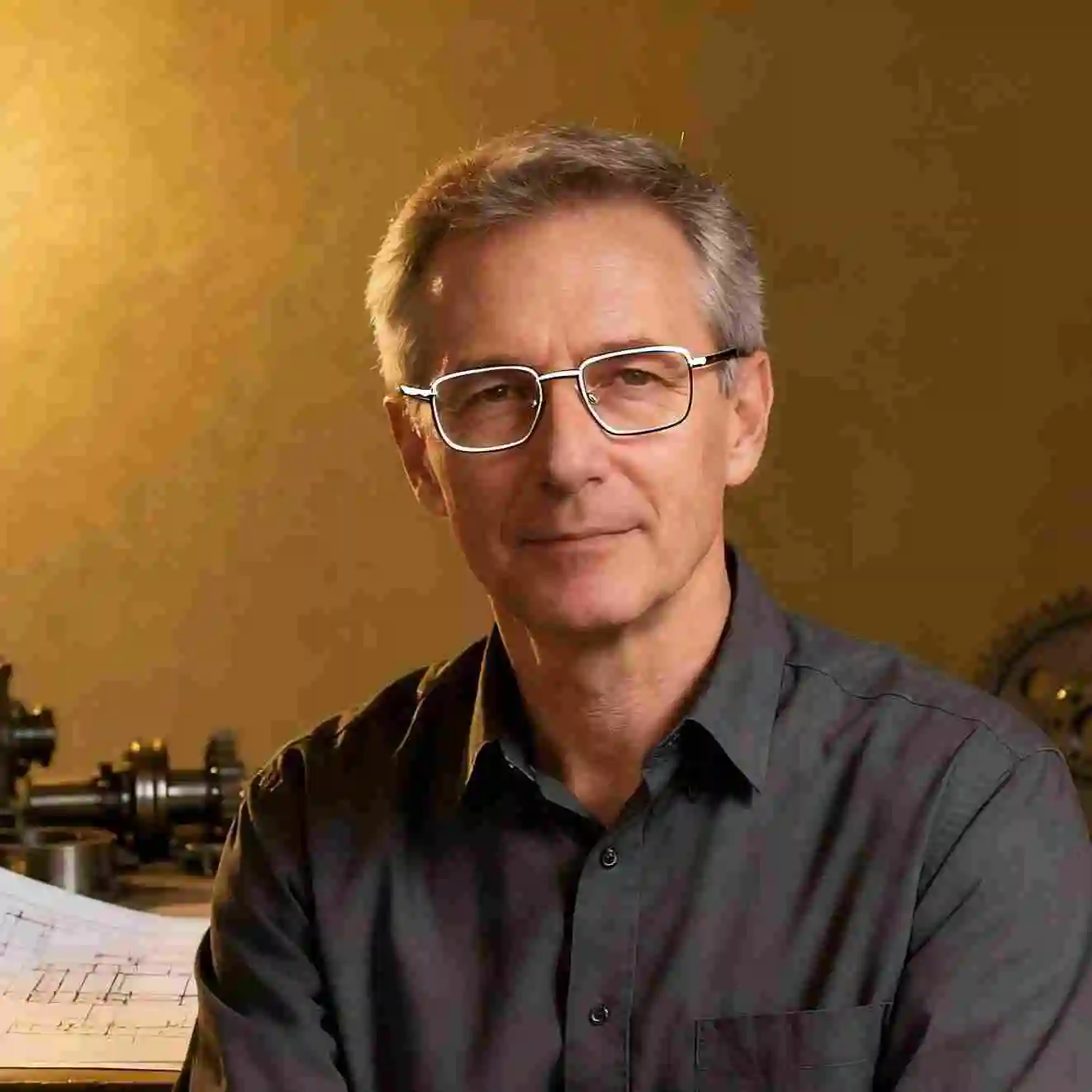
AI Expert
Image to Prompt Team
How AI Image Generators Work
.webp)

AI Expert
Image to Prompt Team
.webp)
Have you ever wondered how AI can transform a simple text description into a stunning, photorealistic image? The process is both fascinating and complex, involving cutting-edge machine learning techniques that have revolutionized digital art creation.
AI image generators like DALL-E, Midjourney, and Stable Diffusion represent some of the most advanced applications of artificial intelligence today. But how exactly do they work?
At the heart of every AI image generator lies a neural network - a computational model inspired by the human brain. These networks consist of millions, sometimes billions, of interconnected nodes that process information in layers.
AI image generators are trained on massive datasets containing millions of image-text pairs. During training, the AI learns to:
Most modern AI image generators use diffusion models, which work by gradually transforming random noise into coherent images through a process called denoising.
"Think of it like a sculptor working with a block of marble - the AI starts with chaos and gradually reveals the image hidden within."
The text encoder converts your written prompt into a numerical representation that the AI can understand. This involves:
The U-Net is the core neural network that performs the actual image generation. It's designed to:
The VAE handles the conversion between the high-dimensional image space and a more manageable latent space, making the generation process more efficient.
Developed by OpenAI, DALL-E 3 excels at understanding complex prompts and generating highly detailed, creative images. It's particularly good at:
Known for its artistic and aesthetic quality, Midjourney produces images with a distinctive style that's often described as more "painterly" or artistic.
An open-source model that offers flexibility and customization. Users can fine-tune it for specific styles or use cases.
While AI image generators are incredibly powerful, they still have several limitations:
The field is rapidly evolving, with new developments including:
AI image generation represents a remarkable fusion of computer science, machine learning, and creative expression. While the technology is still evolving, it has already democratized visual creation and opened up new possibilities for artists, designers, and content creators worldwide.
Understanding how these systems work helps us appreciate both their capabilities and limitations, enabling us to use them more effectively and responsibly in our creative endeavors.